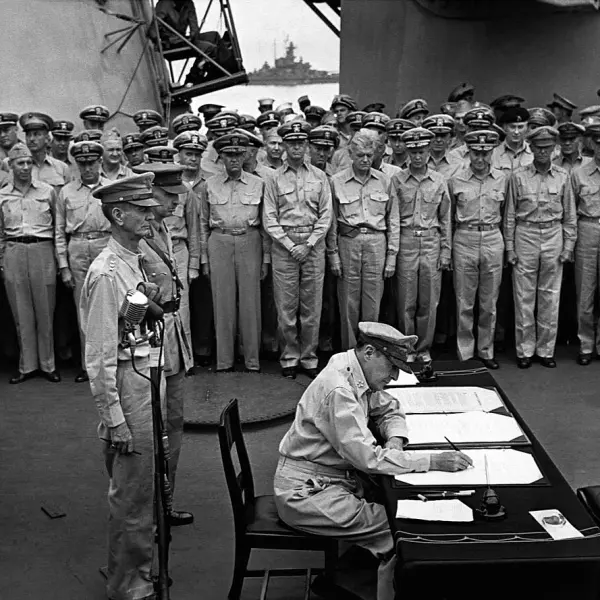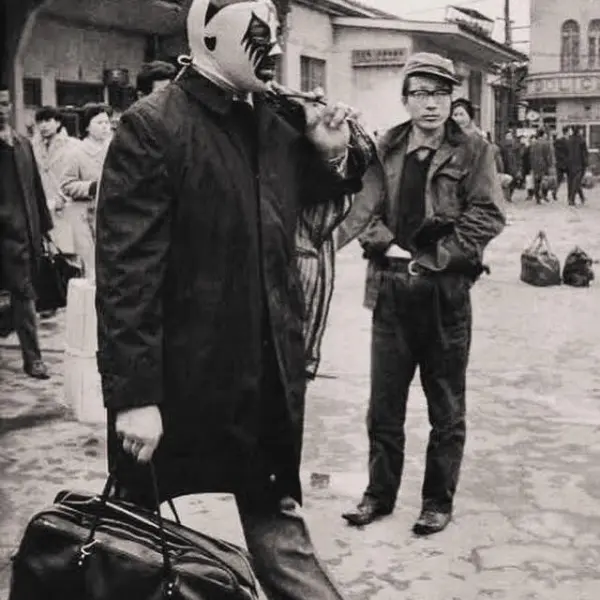Kubota Sentarô in armour wielding a sword
circa 1864
Kubota was one of the disciples of the famous ukiyo-e master Katsushika Hokusai and worked under the guidance of other prominent artists of the time. Like his mentor, Kubota produced prints that focused on scenes from everyday life, including portraits of kabuki actors, beautiful women, and landscapes.
Although Kubota Sentarô was not as famous as some of his contemporaries like Hokusai or Utagawa Hiroshige, his work is still appreciated for its quality and technique. His pieces are often admired by collectors of ukiyo-e prints for their attention to detail and vibrant depiction of Edo-period culture.
Much of Kubota's work has become valuable in the study of ukiyo-e, particularly as an example of the influence of Hokusai’s style on the artists who followed him.
Envíado por OldPik el 7 de enero de 2024
Image

Iniciar sesión














Sin comentarios aún, sé el primero en comentar...